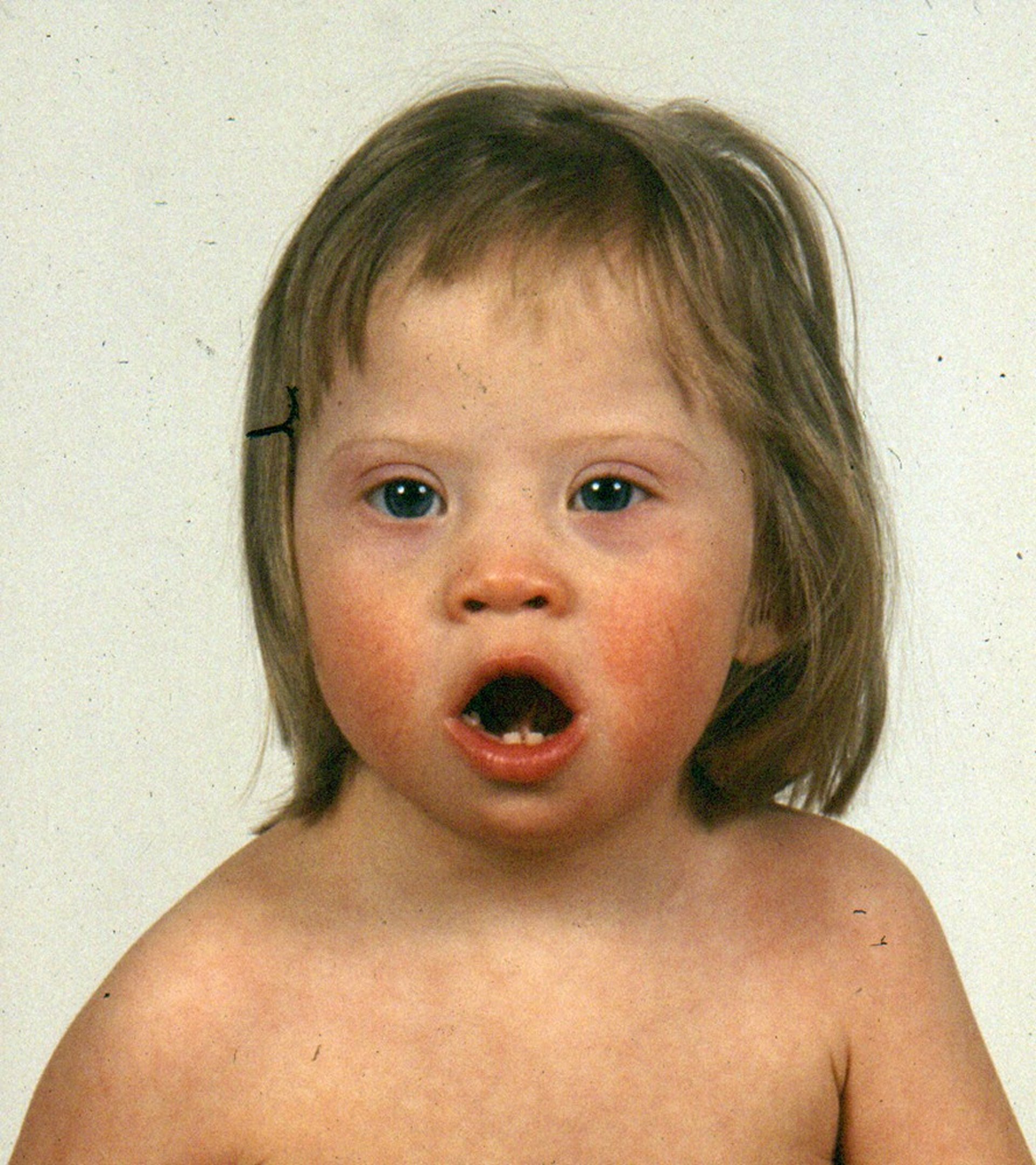Topic Resources
Chromosomes are structures within each cell that contain your genes. Genes contain the DNA codes that makes us who and what we are. Your body's cells contain 46 chromosomes arranged in 23 pairs. You get one of each pair of chromosomes from your mother and one from your father. Errors in your chromosomes and genes cause a variety of medical conditions.
What is Down syndrome?
© Springer Science+Business Media
Down syndrome is a genetic disorder in which a person has an extra copy of a chromosome called chromosome 21. This extra chromosome causes many health problems.
Down syndrome is a disorder that a baby is born with—doctors can test for it during pregnancy or diagnose it after the baby is born
Doctors suspect Down syndrome based on how the baby looks, but they do a blood test to look at the baby's chromosomes to know for sure
People with Down syndrome have a different physical appearance and mental difficulties
People with Down syndrome are also likely to have problems with certain organs, such as their heart, eyes, ears, and digestive system, and with their blood
Special treatments beginning early in life can help children learn as much as they can
People with Down syndrome usually live into adulthood but don't live as long as other people
What causes Down syndrome?
Down syndrome is caused by abnormalities in one of the chromosomes. People with Down syndrome have an extra 21st chromosome. Instead of having 2 of these chromosomes, people with Down syndrome have 3. (Down syndrome is also called trisomy 21.)
About 1 in 700 babies has Down syndrome. You have a higher chance of having a baby with Down syndrome if:
You're an older mother—over age 35
Down syndrome runs in your family
You have already had a child with Down syndrome
What are the symptoms of Down syndrome?
Down syndrome affects both physical and mental development. Some children have mild symptoms. Others can have more severe symptoms.
Physical characteristics of babies with Down syndrome can include:
Limp muscles
Short height
A small head and flattened face
A short neck
A broad face with slanted eyes
Tiny white spots on the colored part of the eyes
Sometimes, an unusually large tongue
Extra skin at the back of the neck (nuchal folds)
Low, small ears
Small hands with a single crease across the palms of the hands
Pinky fingers that curve inward
Mental, developmental, and learning characteristics can include:
Lower IQ
Learning delays
ADHD-type behaviors (ADHD means attention-deficit/hyperactivity disorder)
© Springer Science+Business Media
Children and adults with Down syndrome are more likely to be overweight and to have:
Heart defects
Digestion problems
Hearing loss and ear infections
Vision problems
Thyroid problems
Immune system problems
Spine problems
How can doctors tell if my child has Down syndrome?
Before your baby is born:
Doctors test for Down syndrome using ultrasound and blood tests
To know for sure, doctors can take put a needle into the womb to get blood from the placenta (chorionic villus sampling) or fluid from around the baby (amniocentesis) to do tests on the baby's chromosomes
After your baby is born:
Doctors may suspect Down syndrome based on how your baby looks
To tell for sure, doctors will do a blood test to look for an extra chromosome
Doctors may then do other tests to see if Down syndrome is causing other health problems, such as heart, digestion, vision, or hearing problems
How do doctors treat Down syndrome?
Down syndrome can’t be cured. But doctors and other members of the health care team will treat any health problems related to Down syndrome, including:
Surgery to fix heart or digestive problems
Medicine to help with thyroid problems
Social support for you and your family
Educational programs for your child




